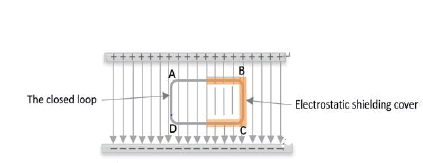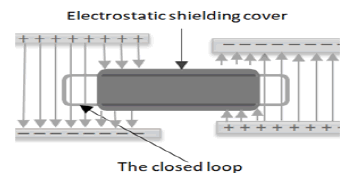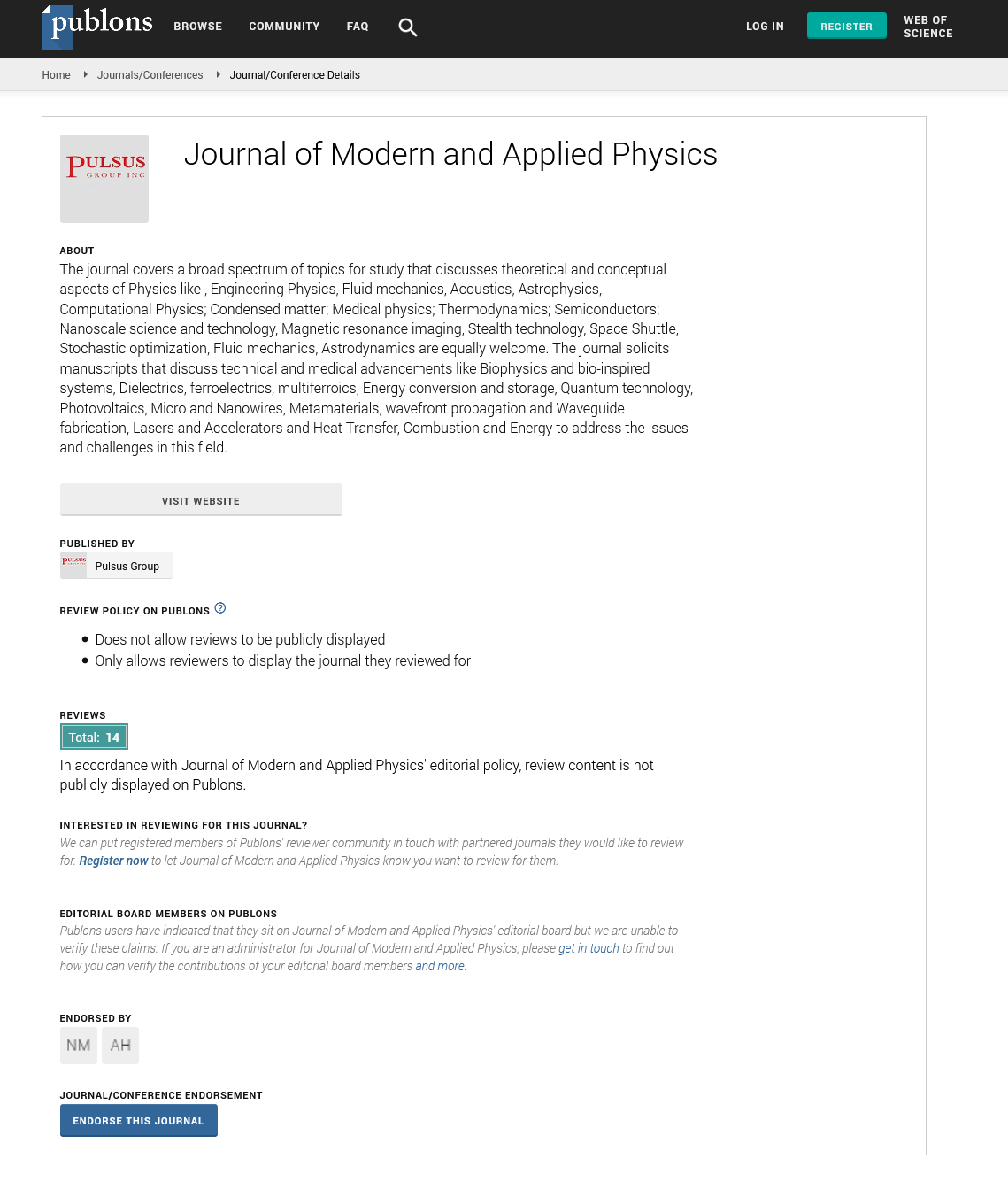On the line integral of electrostatic field around partly electrostatic shielded loops
Received: 11-May-2022, Manuscript No. PULJMAP-22-4940; Editor assigned: 13-May-2022, Pre QC No. PULJMAP-22-4940(PQ); Accepted Date: May 28, 2022; Reviewed: 25-May-2022 QC No. PULJMAP-22-4940(Q); Revised: 27-May-2022, Manuscript No. PULJMAP-22-4940(R); Published: 31-May-2022, DOI: 10.37532.2022.5.3.1-2
Citation: Yang Y. On the line integral of electrostatic field around partly electrostatic shielded loops. J Mod App Phy. 2022; 5(3):1-5.
This open-access article is distributed under the terms of the Creative Commons Attribution Non-Commercial License (CC BY-NC) (http://creativecommons.org/licenses/by-nc/4.0/), which permits reuse, distribution and reproduction of the article, provided that the original work is properly cited and the reuse is restricted to noncommercial purposes. For commercial reuse, contact reprints@pulsus.com
Abstract
In this article, loops that are partly electrostatic shielded are investigated. It is found that the line integral of electrostatic field around these loops is not zero. This is against the concept that the line integral of electrostatic field around any closed loop is zero. None zero electric field line integral means that there is electromotive force around the loop. However, when the loops are made of conductor wire, no electric current can be observed in the loops. A loop current driven by electrostatic field will break the law of energy conservation, so it is Expected and reasonable that we cannot observe a current in the loops.
Keywords
Circulation of electrostatic field; Line integral of electrostatic field; Energy conservation law
Introduction
It is well known that the electrostatic field is a conservative field. The concept has long been established that the line integral of electrostatic field around any closed loop is zero and the curl of electrostatic field is zero everywhere [1-3]. In this article, numbers of partly electrostatic shielded loops are constructed. When placed in a parallel electric field, the line integral of the electric field of these loops are calculated. It is found that the line integral of these loops are not zero. None zero electric field line integral means that there is electromotive force around the loop, so if the loop is made of conduction wire there will be electric current in the loop. However, no electric current can be observed in the loops [4].
The loops and arguments
As shown in Figure 1, a rectangle loop is partly covered with metal tubing. The loop is located inside an electrostatic field formed by two parallel charged plates. Because of the electrostatic shielding effect of the metal tubing, the right part of the loop feels no electric field. Similar systems are shown in Figures 1-4.
Let’s calculate the line integral of these loops; obviously it is not zero for all the loops. Take Figure 1 for example. If the loop is not covered with conductor film, the line integral of electrostatic field of the loop is  because the electric field is perpendicular to the two horizontal sides the two sides have no contribution to the line integral. When partly covered with conductor tubing, the line integral is
because the electric field is perpendicular to the two horizontal sides the two sides have no contribution to the line integral. When partly covered with conductor tubing, the line integral is 
The none zero circulation results are likely challenged by people. As a matter of experience, the electrostatic field satisfies the superposition principle, so ones more inclined to believe that the line integral for any loop is zero without calculation. The following arguments will explain why the none zero line integral of these loops are possible and real. Let’s investigate the two rectangular loops in Figure 1 and Figure 2. The electrostatic fields for the two loops are exactly same. The only difference between the two loops is the length of the vertical sides. Because the parallel sides are same in length, the Line Integrals of the Two Parallel Sides (LIPS) are the same for the two loops (Here, we assume that line integral for the two parallel sides are not zero). The line integral of the loop in Fig.1 is ∙ + LIPS and the line integral of the loop in Figure 2. is ∙ + LIPS. Now let’s suppose the line integral in Figure 1 is zero, then the line integral in Fig.2. must not be zero. In fact, if the line integral in Figure 1 is zero, then any other loops with different vertical sides will have non zero line integral.
Discussion In the above analysis, we see that the line integral of electrostatic field of certain loops is not zero. That means that electromotive forces exist for these loops. Thus, a question is raised. Are there electric currents flowing in the loops if they are made of conduction wire? From a point view of dynamic, since there is circulation of electric field around the loops, electric current should be created and kept flowing in the loops. However, no any current is observed for these loops. Of course, the result is expected and reasonable. For in the cases, if there are electric currents flowing in the loops, the energy conservation law will be violated. Even so, it is still hard to acceptable and need pay further attention to the phenomena. After all, as far as we know, nonzero line integral of electric field is a necessary and sufficient conditions for a conductingloop to have an electric current. Now, come to this case that the loop is made of superconductor wire. In this situation, the energy conservation law will not be broken if there is an electric current flowing in the superconductor loop. Hence, a further experiment is worth doing to see whether there is really a current flowing in the superconductor loop that is partly electrostatic shielded and located in an electrostatic field in figures 3 to 5
Conclusion
- For some closed loops, which are partly electrostatic shielded and located in a electrostatic field, the line integral of electric field in the loops are not zero.
- Though the line integral of the electric field is not zero for these loops made of conductor wire, there is no electric current flowing in them.
- If there are electric currents flowing in these loops, the law of energy conservation will be violated.
- If the loop is made of superconductor wire, it will not be against energy conservation law that electric currents are driven by electrostatic field in the loop. This needs to be verified by further experiments.
REFERENCES
- Feynman RP, Leighton RB, Sands M. Feynman lectures on physics. Volume 2: Mainly electromagnetism and matter.2010;2.
- Purcell EM, Morin DJ. Electricity and magnetism. Cambr Univ Press; 2013.
- Griffiths DJ. Introduction to electrod ynamics. Pearson Education. 2012.
- Yannan Yang. None zero circulation of electrostatic field around a partly electrostatic shielded loop. Preprint 1. 2









